Diggers provide design input on Boxer block II
Share the post "Diggers provide design input on Boxer block II"

As the Australian Army prepares to take delivery of block II Boxer combat reconnaissance vehicles (CRV) from this year, soldiers who will be operating them have been contributing to the vehicle’s future design.
CAPTION: Sergeant Chris Hughes, Lance Corporal Ben Crawford and Trooper Liam Skinner supported testing of the Boxer combat reconnaissance vehicle. Story by Lieutenant Colonel Ryan. Photos by Marcus Jacobs.
Three soldiers from 2nd/14th Light Horse Regiment (Queensland Mounted Infantry) (2/14LHR [QMI]) were involved in testing at the Rheinmetall site in Unterluss, Germany, late last year, where the vehicle’s Lance 2.0 turret was designed and initial production has commenced.
Tests included firing the MK30-2 cannon and MAG58 machine gun in extreme weather conditions, as well as testing the new programmable munitions capability.
Crew commander Lance Corporal Ben Crawford and driver Trooper Liam Skinner fired 30mm training and programmable rounds from the MK30-2 cannon in the block II turret.
The visit included a brief on the block II vehicle design, operation of the combat intelligence, surveillance and reconnaissance system and new weapon control systems.
Development of these systems included input from 2/14LHR [QMI] soldiers, leveraging their experience with the block I vehicles.
Trooper Skinner was also impressed with the strong focus on crew safety.
“The implementation of an emergency escape hatch for the driver on the block II design ensures improved survivability,” he said.
“Seeing lessons learned from block I now being implemented into block II provided me with confidence moving forward.”
Soldiers participated in a working group with Rheinmetall in Kassel to support future design options for Boxer with an active protection system.
They were also briefed on the ballistic and blast testing program in Germany and Australia.
“I found it incredibly beneficial to see the input that soldiers from 2/14 LHR [QMI] have made to the design of block II Boxer, particularly in the crew operation of the weapon systems, and be able to tell them how it has been implemented,” Lance Corporal Crawford said.
Sergeant Chris Hughes said one of the highlights was being exposed to the new electronic systems that enable the block II Boxer CRVs to manage combat information, communications and weapon systems.
“The combat intelligence, surveillance and reconnaissance system in Boxer provides not only the commander but all crew within the vehicle a situational awareness advantage on the battlefield,” Sergeant Hughes said.
Army received 25 block I Boxers between 2019 and 2021 to provide an interim cavalry capability.
Delivery of the remaining 186 block II vehicles will begin this year.
CAPTION: Sergeant Chris Hughes, Lance Corporal Ben Crawford and Trooper Liam Skinner reload the 30mm ammunition magazine on the Boxer.
.
.

.
.
Share the post "Diggers provide design input on Boxer block II"

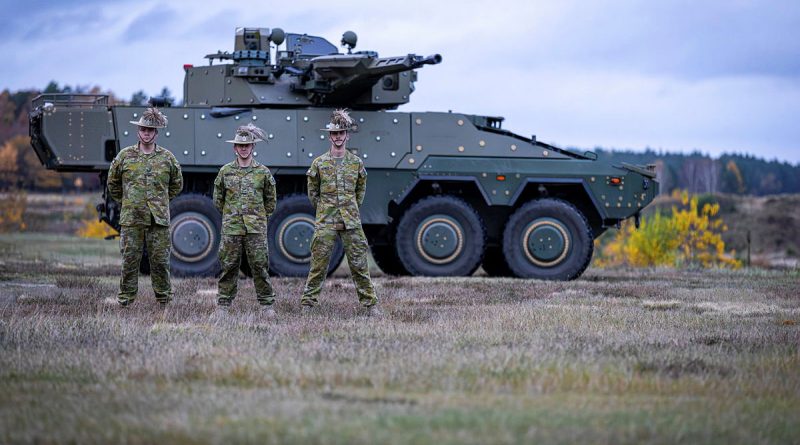

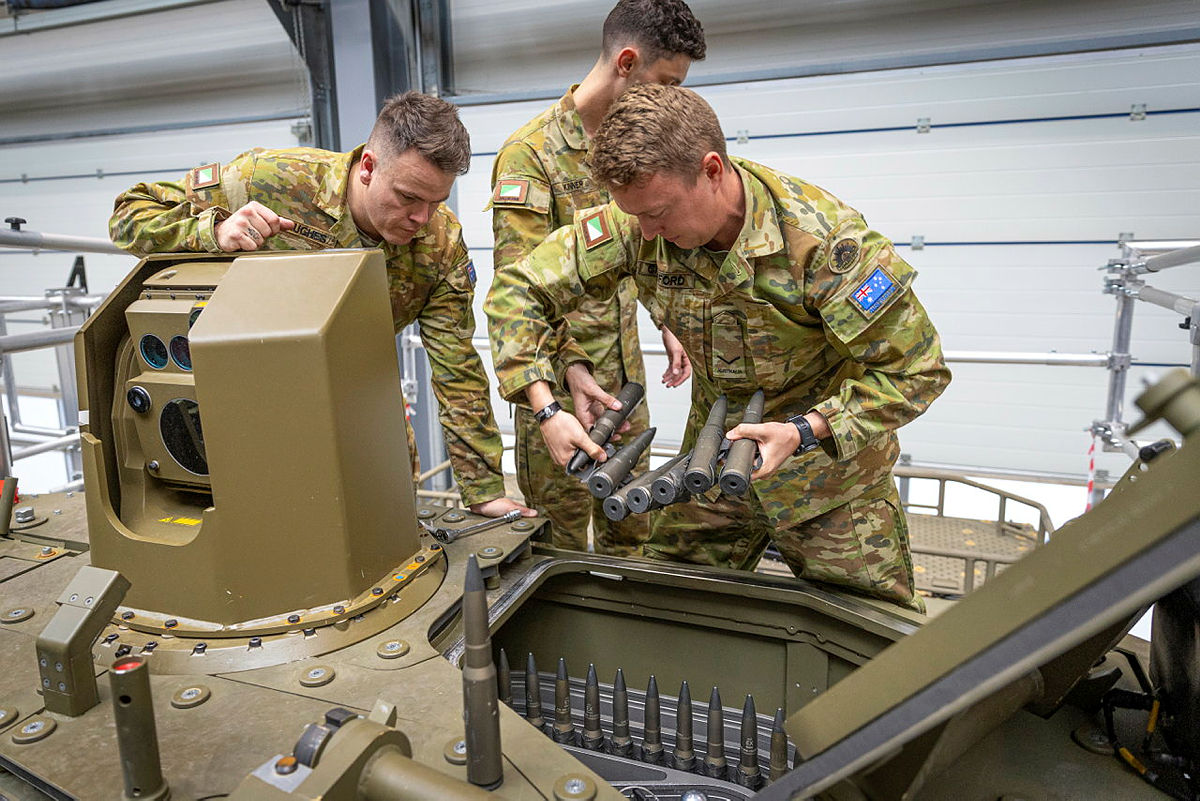
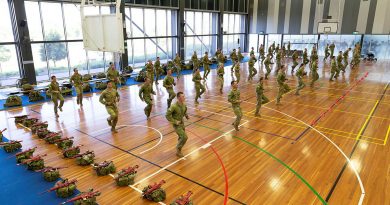
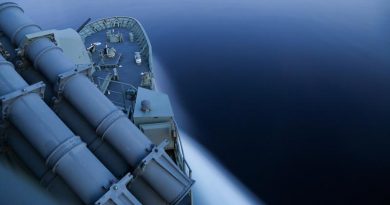
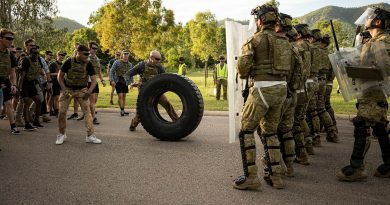
Hi guys,
The life expectancy of the Boxer Block 2 on today’s modern battle field is ten minutes. I have seen videos of the Ukraine conflict where Russian armoured troop carriers were easily destroyed by shoulder fired anti-tank weaponry with systematic ease. Play around with the design by all means but it is fait accompli.
Its about time users of military equipment as standard operating procedure were enlisted to make design operatioanls input real time.
Love it. New vehicle has a complement of shiny bolt heads (?) that can, no doubt, be polished by idle soldiers. Comforting to know how little changes.
Great to see as long as ” WE ” do NOT send over to Ukraine !!!!!!!!!!! Not our CONFLICT and also we do not need to support ” NATO ” and BIDEN’S AMERICA !!! AUSTRALIA FIRST ALWAYS…………..